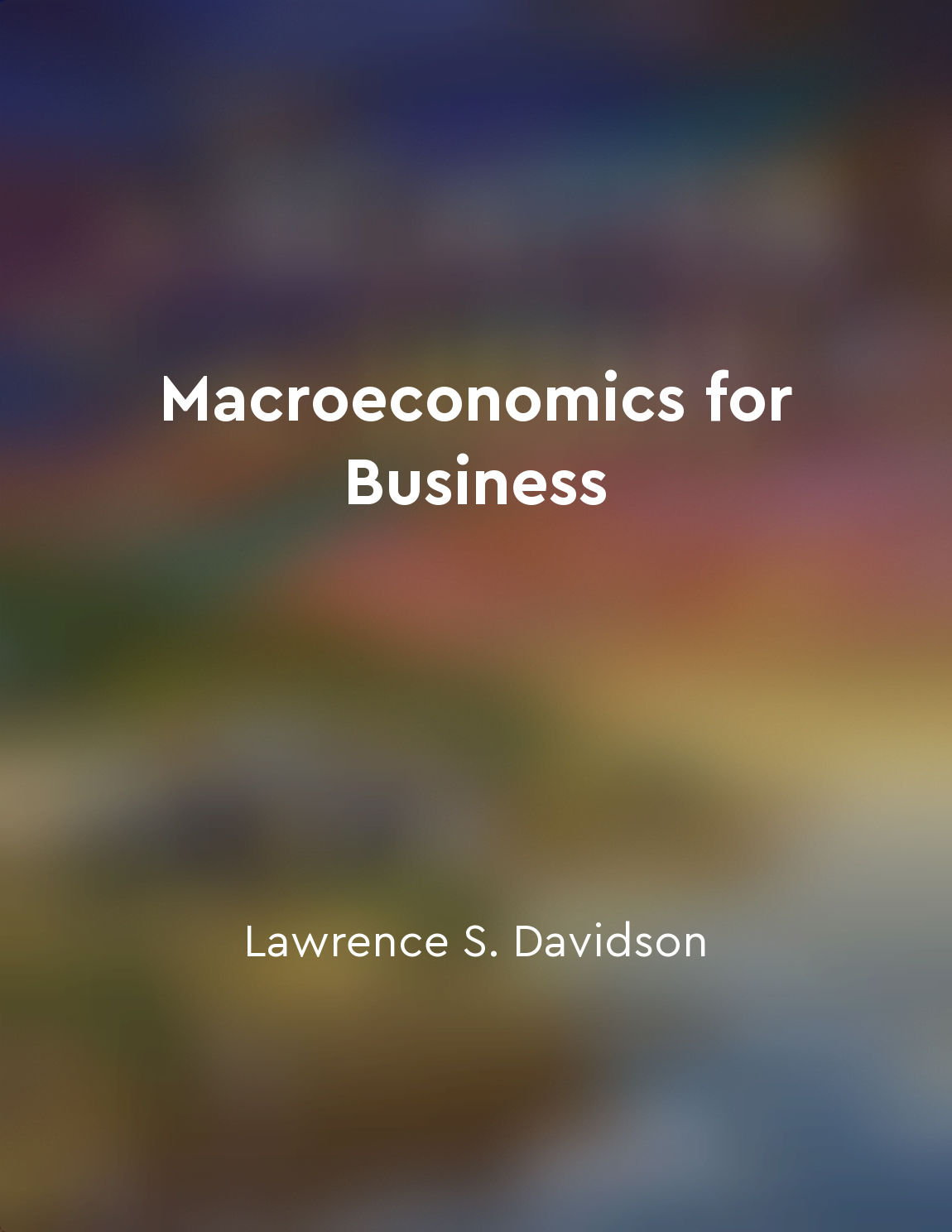Monetary policy can exacerbate or mitigate the effects of financial euphoria from "summary" of A Short History of Financial Euphoria by John Kenneth Galbraith
Monetary policy, the control of money supply and interest rates by a central bank, plays a crucial role in the dynamics of financial euphoria. When financial markets are experiencing a period of excessive optimism and speculation, monetary policy can either worsen or alleviate the situation. In times of financial euphoria, when asset prices are surging and investors are overly confident, central banks face a dilemma. On one hand, they may choose to tighten monetary policy by raising interest rates and reducing the money supply. This can help cool down the overheated markets and prevent the formation of asset bubbles. However, such a move can also trigger a sharp correction in asset prices and lead to a financial crisis. On the other hand, central banks may decide to keep monetary policy loose and accommodate the speculative excesses in the markets. By lowering interest rates and injecting more liquidity into the system, they can further fuel the euphoria and prolong the boom. While this may temporarily boost economic growth and asset prices, it also increases the risk of a more severe bust when the bubble inevitably bursts. The effectiveness of monetary policy in addressing financial euphoria depends on the timing and magnitude of the actions taken by central banks. If policymakers act too late or too timidly, they may fail to rein in the speculative exuberance and prevent a full-blown crisis. Conversely, if they overreact and tighten policy too aggressively, they may trigger a sharp downturn and exacerbate the negative consequences of financial euphoria.- Monetary policy can either exacerbate or mitigate the effects of financial euphoria, depending on how it is implemented in response to market dynamics. Central banks must strike a delicate balance between addressing the speculative excesses in the markets and avoiding a sudden collapse that could have severe economic repercussions. Only through careful and timely adjustments to monetary policy can policymakers navigate the challenges posed by financial euphoria and maintain stability in the financial system.
Similar Posts
Speculators can impact currency fluctuations
Speculators play a significant role in the foreign exchange market as they buy and sell currencies with the expectation of maki...

Adapt your investment strategy to changing economic conditions
In the face of constantly shifting economic conditions, it is imperative for investors to be flexible and adaptable in their in...
Liquidity is essential for the functioning of financial markets
The ability to buy or sell financial assets quickly and without significantly affecting their prices is known as liquidity. Liq...
Economic agents adapt to changing market dynamics
Economic agents, such as consumers, producers, and investors, are constantly responding to changing market conditions and dynam...
Financial markets can amplify debt risks
The relationship between debt and financial markets is a complex one. One key aspect that cannot be overlooked is how financial...

International trade influences business competitiveness
The global marketplace is a dynamic environment where businesses must navigate various factors to maintain their competitivenes...

Market corrections are inevitable after bubbles burst
The bursting of bubbles in financial markets is a phenomenon that has been observed throughout history. When asset prices becom...
The lender of last resort function is important for financial stability
The lender of last resort function plays a crucial role in maintaining financial stability. This function is important because ...
Rent control can decrease the supply of housing
Rent control can decrease the supply of housing in several ways. When the government imposes rent control, it puts a ceiling on...
The Federal Reserve's actions had a major impact on the economy during the 1930s
The Federal Reserve's actions in the 1930s played a crucial role in shaping the economic landscape of the United States during ...

